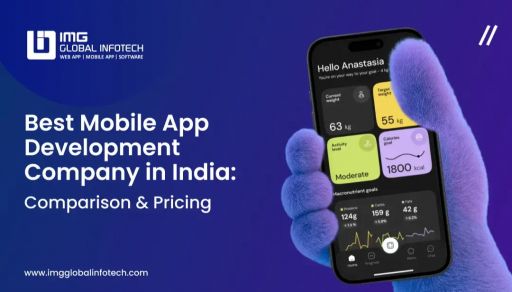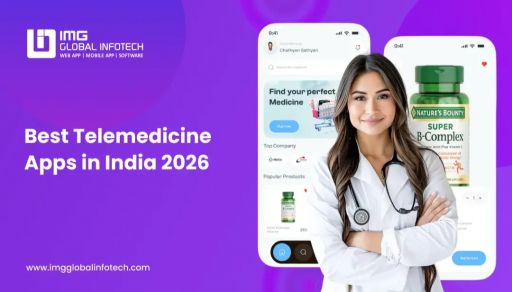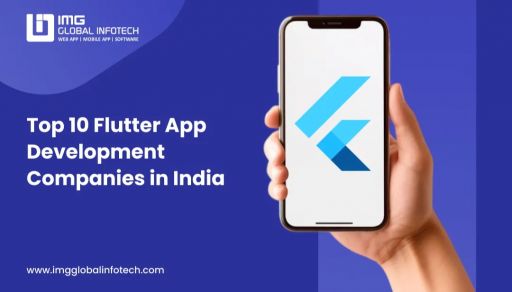How To Build A Transportation App Like Aramex In Saudi Arabia?
Neeraj Rajput
Aug 02, 2025

The transportation and logistics industry in Saudi Arabia is undergoing a rapid transformation, driven by the country’s booming eCommerce sector, rising consumer expectations, and ambitious Vision 2030 initiatives. Among the key players shaping this market, Aramex has established itself as a leader in innovative logistics solutions, offering reliable delivery services, real-time tracking, and a seamless customer experience.
With increasing demand for faster, tech-enabled shipping solutions, entrepreneurs and businesses are exploring how to create transportation apps that match the efficiency and scalability of Aramex. Whether it’s for courier services, last-mile delivery, or full-scale logistics management, building a transportation app like Aramex presents a significant opportunity in the Saudi market.
In this blog, we’ll walk you through the business model, features, logistic software development process, cost estimation, and monetization strategies for creating a transportation app like Aramex in Saudi Arabia, helping you position your business for success in the competitive logistics landscape.
What is Aramex?
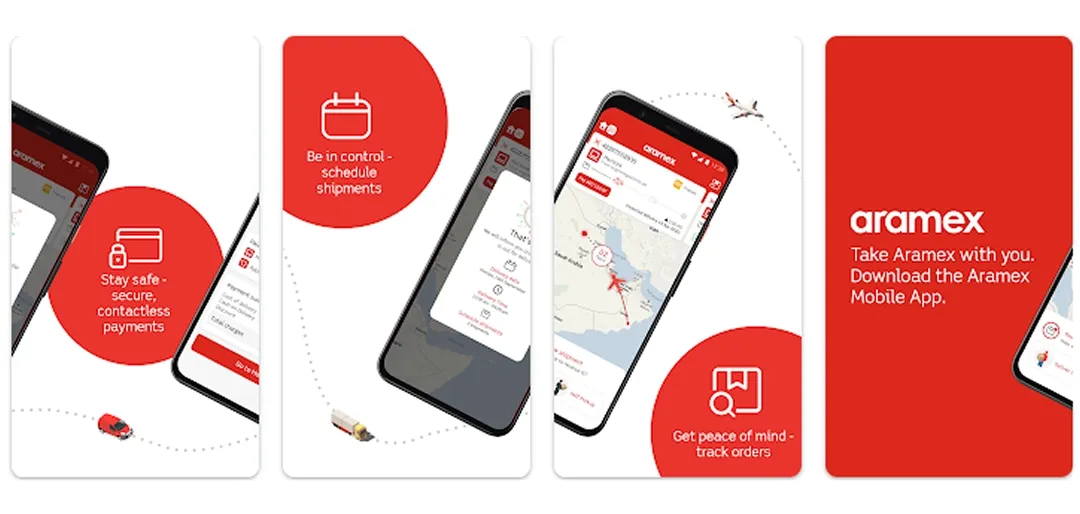
Aramex is a global logistics and transportation company headquartered in Dubai, UAE, with a strong presence in Saudi Arabia and across the Middle East. Founded in 1982, the company has grown into one of the most trusted names in international shipping, courier services, freight forwarding, and supply chain management.
What makes Aramex stand out is its ability to blend local market expertise with a global delivery network. The company offers a range of services, including domestic and international express deliveries, eCommerce solutions, freight services, warehousing, and last-mile delivery. By adopting a customer-first approach and leveraging innovative technology, Aramex has set a high benchmark for transportation and logistics apps in the region.
Business Model of Transportation app like Aramex
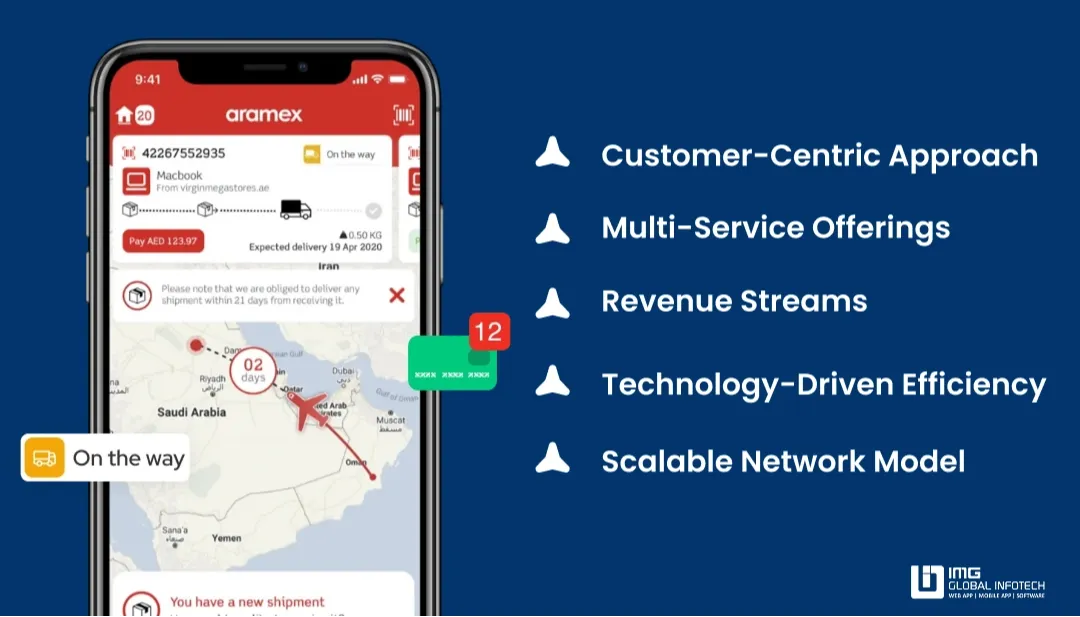
An app like Aramex follows a technology-enabled logistics business model that connects shippers, businesses, and end customers through a streamlined digital platform. The idea is to simplify the process of booking, tracking, and delivering packages while ensuring speed, reliability, and cost-efficiency.
1. Customer-Centric Approach
The app allows customers,whether individuals or businesses, to book shipments, schedule pickups, and track deliveries in real-time. This pickup and delivery app development direct interaction builds trust and enhances customer loyalty.
2. Multi-Service Offerings
Transportation app like Aramex can cater to multiple logistics needs, such as:
-
Domestic and International Shipping
-
Same-Day and Next-Day Deliveries
-
E-commerce Logistics & Fulfillment
-
Freight and Cargo Services
-
Warehouse & Supply Chain Solutions
3. Revenue Streams
An app like Aramex can generate revenue through:
-
Delivery Charges (per package or weight-based pricing)
-
Subscription Plans for frequent shippers or eCommerce businesses
-
Value-Added Services (insurance, priority delivery, cash on delivery)
-
Corporate Partnerships with retailers and enterprises
4. Technology-Driven Efficiency
The core of this model is technology integration, using route optimization, automated sorting, GPS tracking, and AI-based forecasting to ensure fast and efficient deliveries while reducing operational costs.
5. Scalable Network Model
Similar to Aramex, such an app can expand by partnering with local delivery agents, third-party logistics providers, and global shipping partners, allowing the business to scale operations across multiple cities and countries without heavy infrastructure investments.
Essential Features of a Transportation App Like Aramex
1. Customer Panel Features
- User Registration & Profile Management – Customers can sign up easily using their phone number, email, or social accounts and manage their profile information anytime.
- Shipment Booking & Pickup Scheduling – Users can conveniently book deliveries, set pickup locations, and choose preferred time slots.
- Real-Time Tracking of Packages – Track packages live on the map from pickup to final delivery for complete transparency.
- Multiple Payment Options – Securely pay using credit/debit cards, digital wallets, or cash on delivery.
- Estimated Delivery Time & Cost Calculator – Get an upfront cost estimate and expected delivery time before confirming the shipment.
- Push Notifications & Alerts – Receive instant alerts about order confirmations, dispatch updates, and delivery status.
- Customer Support Chat/Call – Contact support directly through in-app chat or call for assistance.
- Order History & Invoices – View a record of all past shipments and download invoices for reference.
2. Driver/Delivery Partner Panel Features
- Secure Login & Profile Verification – Drivers log in through a verified profile to ensure reliability and trust.
- Delivery Task List – Access a complete list of assigned deliveries for the day in an organized view.
- GPS Navigation & Route Optimization – Get optimized routes to reach destinations faster and save time.
- Proof of Delivery – Confirm deliveries with a digital signature, photo proof, or OTP verification.
- Live Status Update for Orders – Update package status in real-time so customers stay informed.
- Earnings & Payout Management – Track completed deliveries, earnings, and payment schedules within the app.
- In-App Communication – Communicate directly with customers or support for delivery-related queries.
3. Admin Panel Features
- Dashboard with Real-Time Analytics – Monitor live orders, driver status, and delivery performance from one central dashboard.
- Shipment Management – Manage all shipments, from booking to delivery, ensuring smooth operations.
- Driver & Fleet Management – Assign tasks, track driver performance, and manage vehicle availability.
- Pricing & Tariff Control – Set and adjust delivery charges based on distance, weight, or priority service.
- Customer Management & Support Tools – Handle user queries, complaints, and service issues effectively.
- Reports & Insights – Analyze delivery performance, costs, and revenue trends to optimize business operations.
- Third-Party Integrations – Connect with eCommerce platforms, payment gateways, and logistics partners for expanded services.
Step-by-Step Process to Develop a Transportation App Like Aramex
Building a transportation app like Aramex requires a strategic approach, covering everything from planning to post-launch optimization. Below is a step-by-step mobile app development process tailored for success in the Saudi Arabian logistics market:
1. Market Research & Competitor Analysis
Start by analyzing the logistics and delivery market in Saudi Arabia. Understand customer needs, study competitors like Aramex, SMSA Express, and Fetchr, and identify service gaps you can fill.
2. Define Your Business Model
Decide on your service offerings, domestic delivery, international shipping, same-day delivery, eCommerce partnerships, or freight forwarding. Outline how your app will generate revenue through delivery charges, subscriptions, or corporate contracts.
3. Select Key Features & Functionality
Determine the core features for customers, drivers, and the admin panel. Include essential tools like shipment tracking, payment integration, route optimization, push notifications, and multi-language support (Arabic & English).
4. UI/UX Design
Create a user-friendly, intuitive design for both mobile and web versions. Focus on a clean interface with clear navigation, easy booking options, and smooth tracking experiences for customers.
5. Technology Stack Selection
Choose the right tech stack to ensure scalability and real-time performance. For example:
-
Frontend: React Native / Flutter (cross-platform), Swift (iOS), Kotlin (Android)
-
Backend: Node.js / Laravel / Django
-
Database: MySQL / MongoDB / PostgreSQL
-
Cloud Hosting: AWS / Azure / Google Cloud
-
APIs: Google Maps, payment gateways, push notifications
6. Backend & Frontend Development
Develop the backend to handle operations, tracking, and integrations, while building a robust frontend for customers, drivers, and admin panels. Ensure all systems work seamlessly together.
7. Testing & Quality Assurance
Run multiple tests, including functionality, performance, usability, and security checks. Test different devices, network conditions, and real-world delivery scenarios to eliminate bugs.
8. Launch & Deployment
Deploy the app on App Store and Google Play Store, ensuring compliance with Saudi laws and app marketplace policies. Prepare marketing campaigns to attract early users.
9. Post-Launch Support & Updates
Monitor user feedback and app performance. Roll out updates with new features, bug fixes, and optimizations to keep the app competitive.
Cost to Build a Transportation App Like Aramex in Saudi Arabia
The cost of building a transportation app like Aramex in Saudi Arabia depends on several factors, including app complexity, features, technology stack, and dedicated development team for hire. On average, the Aramex like transportation app development can range from approx. $20,000 to $80,000+ depending on the scale of the project.
How to Monetize a Transportation App Like Aramex?
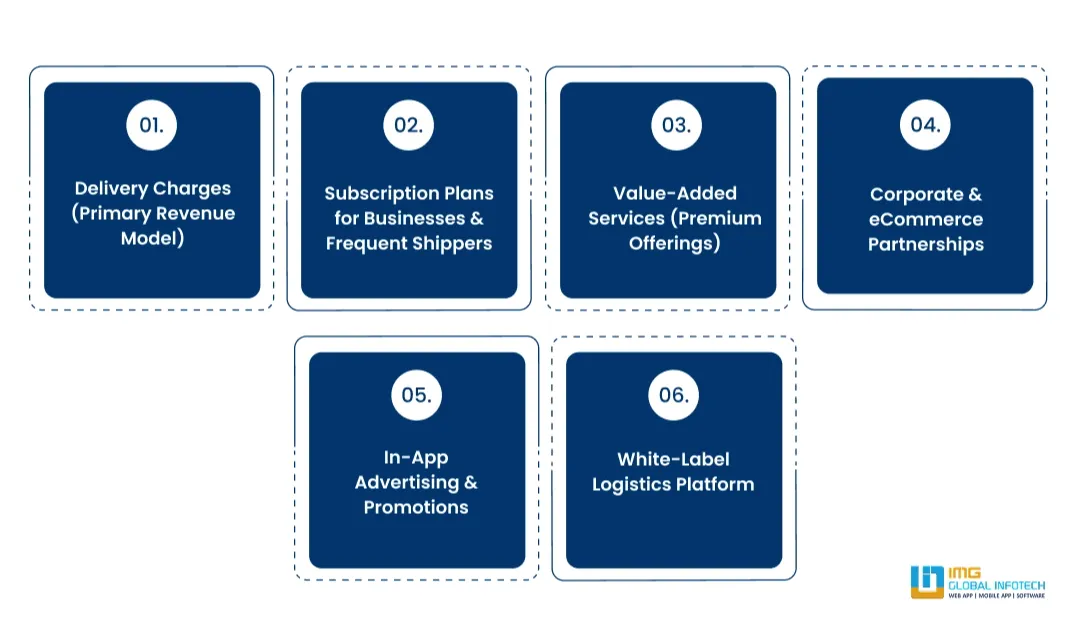
A transportation app like Aramex has multiple opportunities to generate revenue due to the growing logistics market in Saudi Arabia and increasing demand for fast, technology-driven delivery solutions. By implementing diverse monetization models, businesses can create sustainable income streams while offering value to both individual customers and corporate clients.
1. Delivery Charges (Primary Revenue Model)
One of the most direct monetization methods is charging customers for package deliveries. The app can offer:
-
Standard Delivery – Cost-effective option with regular timelines.
-
Express Delivery – Faster service at a higher fee.
-
Same-Day Delivery – Premium charges for urgent shipments.
2. Subscription Plans for Businesses & Frequent Shippers
Corporate clients, eCommerce businesses, and frequent shippers are often willing to pay for subscription packages that bring them value in the form of:
-
Discounted delivery rates
-
Priority pickup and delivery slots
-
Dedicated customer support
-
Advanced analytics and shipment tracking tools
3. Value-Added Services (Premium Offerings)
Beyond basic shipping, offering add-on services can create additional revenue channels:
-
Insurance for valuable shipments
-
Special handling for fragile or temperature-sensitive items
-
Return and exchange logistics for eCommerce sellers
-
Packaging and labeling services
4. Corporate & eCommerce Partnerships
Collaborating with large-scale businesses and online retailers can generate high-volume, stable income.
-
Long-term contracts with eCommerce platforms to handle last-mile delivery.
-
Special bulk shipment discounts for wholesale partners.
-
Revenue-sharing models with online stores for integrated delivery services.
5. In-App Advertising & Promotions
The app can also generate revenue by allowing brands to advertise within the platform:
-
Banners and sponsored placements in the app interface.
-
Push notification campaigns to promote specific offers or services.
-
Cross-promotions with eCommerce stores, packaging companies, or insurance providers.
6. White-Label Logistics Platform
If your technology is strong, you can offer it as a white-label solution to smaller courier companies in Saudi Arabia.
-
Charge a setup fee to customize the platform for them.
-
Earn monthly subscription fees or commission per delivery processed.
-
This not only brings revenue but also builds a network of partners using your technology.
Why Choose IMG Global Infotech for Transportation App Development in Saudi Arabia?
Choosing the right transportation app development company is a critical step in building a successful transportation app like Aramex. At IMG Global Infotech, we specialize in creating feature-rich, scalable, and market-ready logistics applications designed to meet the unique demands of the Saudi Arabian market. Our expertise ensures that your app is not only functional but also aligned with the country’s growing logistics and eCommerce development ecosystem.
At IMG Global Infotech, we provide end-to-end development services, from initial consultation and business analysis to design, development, testing, and post-launch maintenance. By managing the entire process in-house, we maintain a consistent standard of quality while ensuring faster project delivery. Our team leverages cutting-edge technologies such as Flutter, React Native, Node.js, AWS, and AI-driven logistics solutions to build apps that are future-ready and scalable.
Conclusion
The transportation and logistics sector in Saudi Arabia is experiencing rapid growth, driven by the expansion of eCommerce, urban development, and Vision 2030 initiatives. Building a transportation app like Aramex offers businesses a tremendous opportunity to tap into this demand by providing fast, efficient, and technology-driven delivery services.
By carefully planning the business model, incorporating essential features, choosing the right technology stack, and working with an experienced development partner, you can create a platform that matches industry leaders and stands out in the competitive market.
Partnering with a trusted mobile app development company like IMG Global Infotech ensures you get a customized, scalable, and compliant app tailored to Saudi Arabia’s market. With the right approach, your transportation app can become a valuable asset for both customers and businesses, setting the foundation for long-term growth and profitability.
Neeraj Rajput is the co-founder of a leading IT company with over a decade of experience in technology consulting, product development, and digital transformation. With a passion for solving complex business challenges through smart tech solutions, he shares insights on innovation, leadership, and the evolving IT landscape



